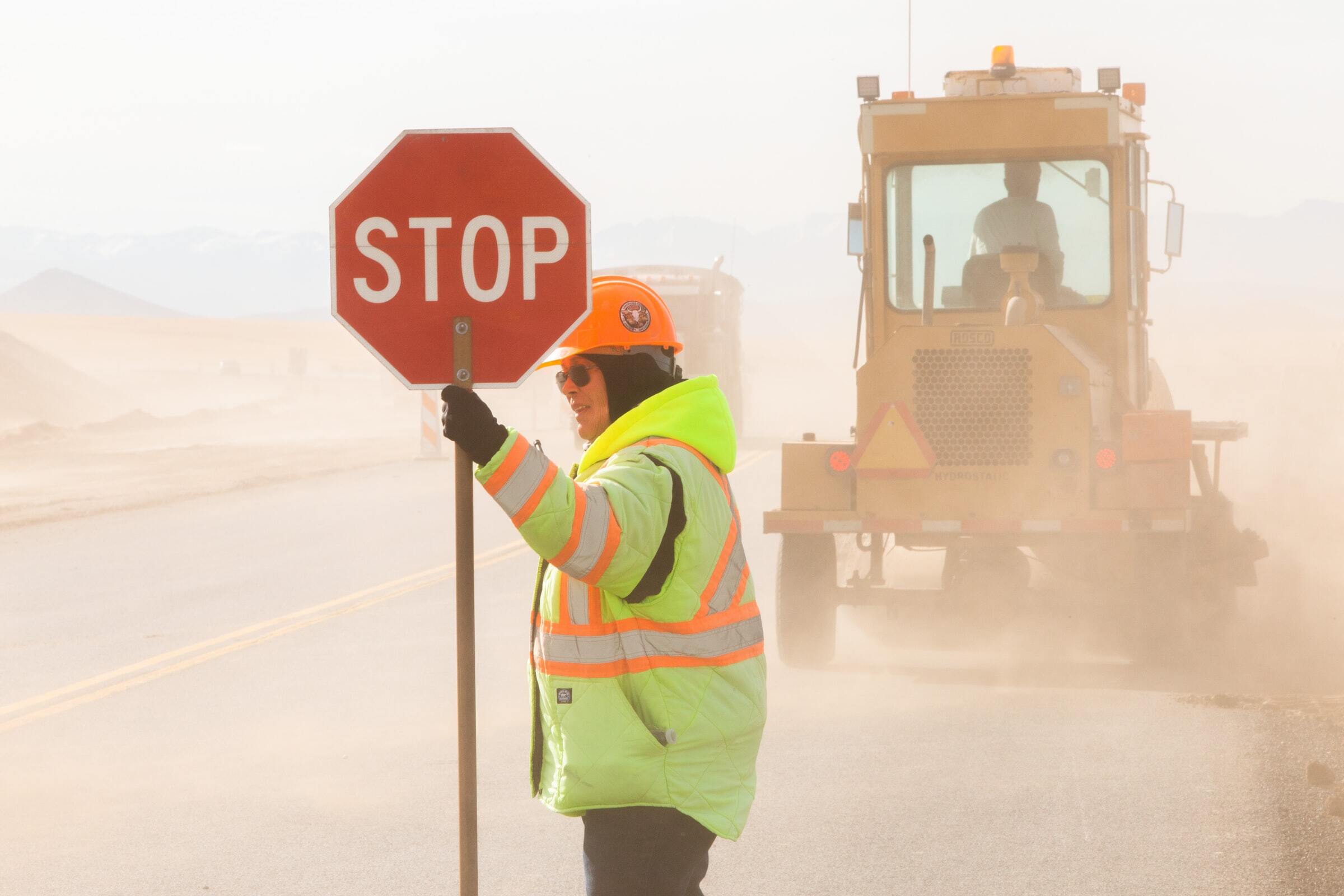What is weather risk in construction?
Weather risk in construction refers to the uncertainties and potential disruptions caused by adverse or unpredictable weather conditions during the lifecycle of a construction project. These risks can include delays, cost overruns, damage to materials or structures, safety hazards, and legal or contractual disputes.
Construction projects are particularly vulnerable because many activities are performed outdoors, making them exposed to a range of weather-related challenges such as:
-
Heavy rainfall: Can delay excavation, concrete pouring, roofing, and groundwork.
-
High winds: May halt crane operations and pose safety risks.
-
Snow and ice: Can prevent access to sites and create hazardous working conditions.
-
Heatwaves or cold snaps: May limit working hours or affect materials like asphalt and concrete.
Even "normal" seasonal weather can disrupt carefully planned schedules if not accounted for in advance. As such, weather risk is a critical factor in construction planning, project controls, and contract negotiation.
What is weather risk management?
Weather risk management in construction is the process of proactively planning for, mitigating, and responding to the effects of weather on a project. It includes:
-
Forecasting weather risks using historical and predictive data
-
Developing contingency plans and schedule buffers
-
Creating weather-adjusted construction calendars
-
Integrating weather data into project planning software
-
Communicating real-time risks to project teams and stakeholders
Key outcomes of effective weather risk management include:
-
Reduced downtime and project delays
-
Improved worker safety
-
More accurate budgeting and forecasting
-
Faster recovery from weather events
-
Greater confidence in delivery timelines

Why is climate risk management important?
Climate risk management addresses the growing threats posed by long-term climate shifts and extreme weather patterns. While weather risk is often short-term and tactical, climate risk is strategic and long-term.
With the increase in:
-
Severe storms and flooding
-
Heatwaves and wildfires
-
Sea level rise and erosion
-
Changes in seasonal patterns (e.g., longer wet seasons)
...construction companies face mounting challenges in planning, insuring, and executing projects. Climate risk management includes:
-
Evaluating long-term environmental exposure at the design and bid stage
-
Embedding resilience planning in materials, methods, and logistics
-
Meeting ESG and regulatory compliance requirements
-
Accessing climate adaptation financing
What is a weather risk assessment?
A weather risk assessment is the process of evaluating how likely and how severe the weather-related impacts on a project might be. It involves:
-
Identifying relevant weather hazards for a specific location and timeframe
-
Estimating the likelihood of those hazards based on historical and forecast data
-
Assessing potential impacts on activities, timelines, cost, safety, and resources
-
Documenting findings to inform decisions and contingency planning
This assessment can take various forms:
-
A basic desktop review using Met Office or NOAA data
-
A detailed probabilistic model looking at multiple years of historical weather
-
AI-driven simulations that overlay weather data on a construction schedule
Why do we need a weather risk assessment?
Without a proper weather risk assessment, construction projects are essentially gambling on the weather. This can lead to:
-
Missed milestones and liquidated damages
-
Claims disputes and compensation events
-
Material wastage and rework
-
Safety incidents and compliance violations
Benefits of conducting a weather risk assessment include:
-
Risk-adjusted schedules: Planning around likely weather delays
-
Better bid accuracy: Including allowances that are data-driven
-
Insurance readiness: Demonstrating due diligence to insurers or brokers
-
Improved communication: Clear, evidence-based justifications to clients
Related Questions People Ask:
-
How does weather impact construction costs?
-
What are the most weather-sensitive construction activities?
-
Can weather risk be insured against?
-
What software tools help manage weather risk in construction?
-
Is climate change increasing project delays?
-
How can we prepare for extreme weather events on-site?
-
Are there regulations around weather delays in NEC or FIDIC contracts?
Key Topics Covered:
-
Weather delays construction
-
Weather risk management plan
-
Climate risk in infrastructure
-
Construction downtime due to rain/wind
-
Predictive weather models construction
-
Schedule risk from weather
-
Storm damage mitigation
-
Project risk assessment construction
-
Seasonal construction planning
-
Construction resilience to climate change
Final Thoughts:
Weather risk in construction is not just a seasonal inconvenience — it's a critical variable that can define a project's success or failure. As climate volatility increases, so too does the importance of robust weather risk management practices. Whether you’re a planner, contractor, insurer, or investor, understanding and addressing these risks is essential to staying competitive, resilient, and compliant.
For advanced tools to assess, plan, and mitigate weather-related risks, consider exploring platforms like WeatherWise, which help construction professionals turn weather uncertainty into confident, data-backed decisions.




